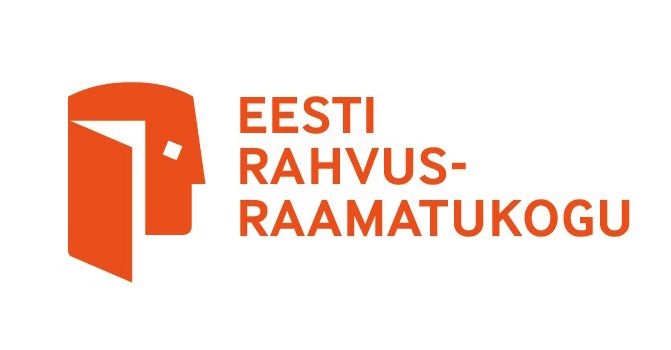The law prescribes public memory institutions with some exceptions to use works under copyright protection, for example for lending or copying works. (Chapter IV of the Copyright Act)
A public archive, museum or library has the right to reproduce a work included in the collection thereof without the authorisation of its author and without payment of remuneration, in order to:
-
replace a work which has been lost, destroyed or rendered unusable;
-
make a copy to ensure the preservation of the work;
-
replace a work which belonged to the permanent collection of another library, archives or museum if the work is lost, destroyed or rendered unusable;
Making a copy of the work is only possible, when acquisition of another copy of the work is impossible.
In addition it is allowed to:
-
digitise a collection for the purposes of preservation;
-
make a copy for a natural person for personal use
-
make a copy on the order of a court or a state authority for the purposes of a judicial procedure or insurance of public security
The author is entitled to a fee for the photocopying of the work, paid by AHF.
Library has the right to lend out:
-
Books, journals, newspapers, magazines, digital documents (Publications on CD-l, CD-ROM)
-
Sound recordings- phonograph records, audio tapes, digital compact discs (CD), audio books- in case four months have passed since the start of the distribution of such sound recording in Estonia.
-
Combined audio-visual documents- video recordings (VHS) on analogue carrier, DVD on digital- if the film is accompanied by a corresponding license or if a license agreement is in place with the film producer.
Library has the rights to make available works in its collections on the spot through special equipment and to lend works in its collections for individual on-the-spot use.
In addition, library has the right to use a work included in the collection thereof without the authorisation of its author and without payment of remuneration for the purposes of an exhibition or the promotion of the collection to the extent justified by the purpose.
Orphan Works
What is an orphan work?
A work or a phonogram shall be considered an orphan work if none of the right holders in that work or phonogram is identified or, even if one or more of them is identified, none is located despite a diligent search for the right holders having been carried out. Directive 2012/28/EU of the European Parliament and of the Council Art. 2 p 1.
In the case of orphan works, it is not possible to obtain prior consent to the carrying-out of acts of reproduction or of making available to the public.
If at least one right holder has been identified and located, a work or phonogram should not be considered an orphan work.
The collection of orphan works identified by the National Library of Estonia: https://erb.nlib.ee/?lang=eng
What is diligent search?
Before a work or phonogram can be considered an orphan work, a diligent search for the right holders in the work or phonogram, including right holders in works and other protected subject-matter that are embedded or incorporated in the work or phonogram, should be carried out in good faith.
In order to avoid duplication of search efforts, a diligent search should be carried out in the Member State where the work or phonogram was first published or, in cases where no publication has taken place, where it was first broadcast.

